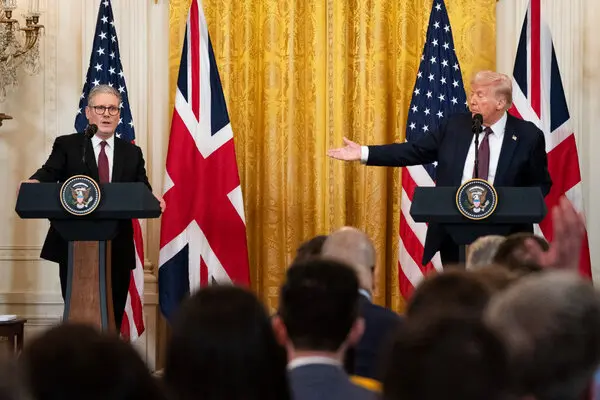On May 8, 2025, the U.S. and U.K. finalized a bilateral trade agreement to expand commerce and reinforce economic ties, announced on the 80th anniversary of Victory Day. The deal aims to increase U.S. exports by $5 billion, streamline supply chains, and enhance national security, supporting industries like agriculture, aerospace, and pharmaceuticals.
Key Provisions
The agreement reduces U.K. tariffs and non-tariff barriers, projecting $700 million in ethanol and $250 million in beef exports. It includes streamlined customs, intellectual property protections, and a 10% tariff on the first 100,000 U.K. auto imports. A “trading union” for steel and aluminum and negotiations on Section 232 tariffs are also initiated, building on the U.S.’s $12 billion trade surplus with the U.K.
Strategic Context
The deal aligns with the U.S.’s focus on bilateral trade agreements, prioritizing direct negotiations to benefit American workers. It contrasts with broader multilateral frameworks, aiming for enforceable terms that reduce trade imbalances and support key sectors, reflecting a strategy seen in prior U.S. trade policies.
Implications
The agreement strengthens transatlantic partnerships, potentially influencing other trade negotiations. It could boost U.S. economic growth and job creation, though stakeholders will monitor its implementation to ensure mutual benefits and address any industry-specific challenges.





























